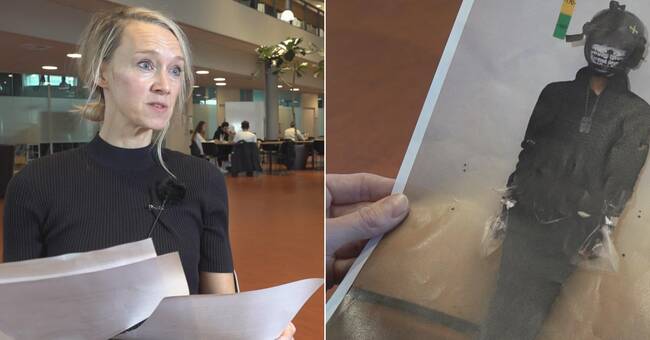Much of Tina Askanius' research concerns the link between right-wing extremism and the internet.
After reading parts of the preliminary investigation into the knife attack in Eslöv, she immediately sees several similarities with, among other things, the terrorist attack in Christchurch and several of the school attacks that took place in the United States in recent decades.
- The way it was livestreamed, but also that there is a document where the act is explained and legitimized with regard to various anti-Muslim conspiracy theories, says Tina Askanius.
The document itself also feels familiar when she reads it.
- The jargon goes again.
Even down to fairly small details, it is the copypaste of other things previously expressed by other assassins.
Goes under the radar
She also says that a similarity is that in this type of case, large amounts of racist and fascist content have often been found in the IT forensic investigations after the act in the perpetrators' computers.
- It takes a lot more than the type of content that the boy took part in, but I see it as a central part of what happened here.
There is an online culture where various violent messages and ideas go under the radar and are easy to dismiss because it is presented as a joke.
The perpetrators are often described as lone wolves, but it is an expression that Tina Askanius problematizes.
- They do not act in a vacuum.
They see themselves as part of a larger community where they are somehow called to the fight and are included as infantry.

